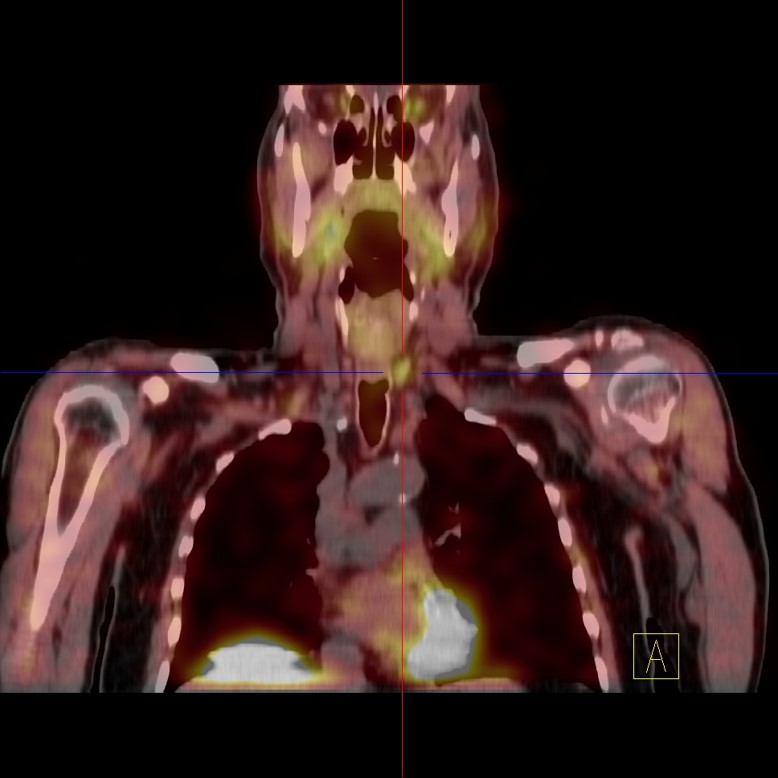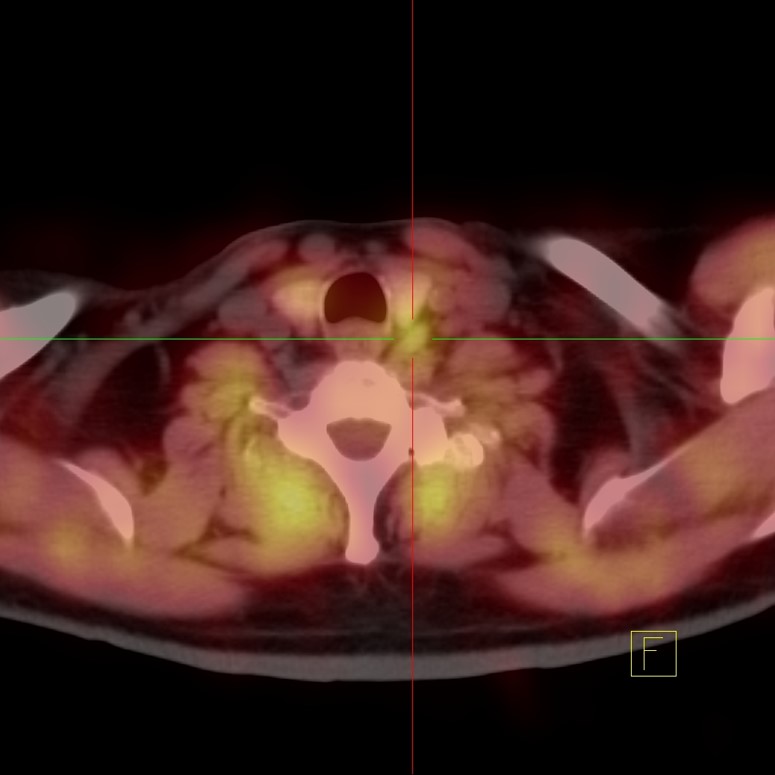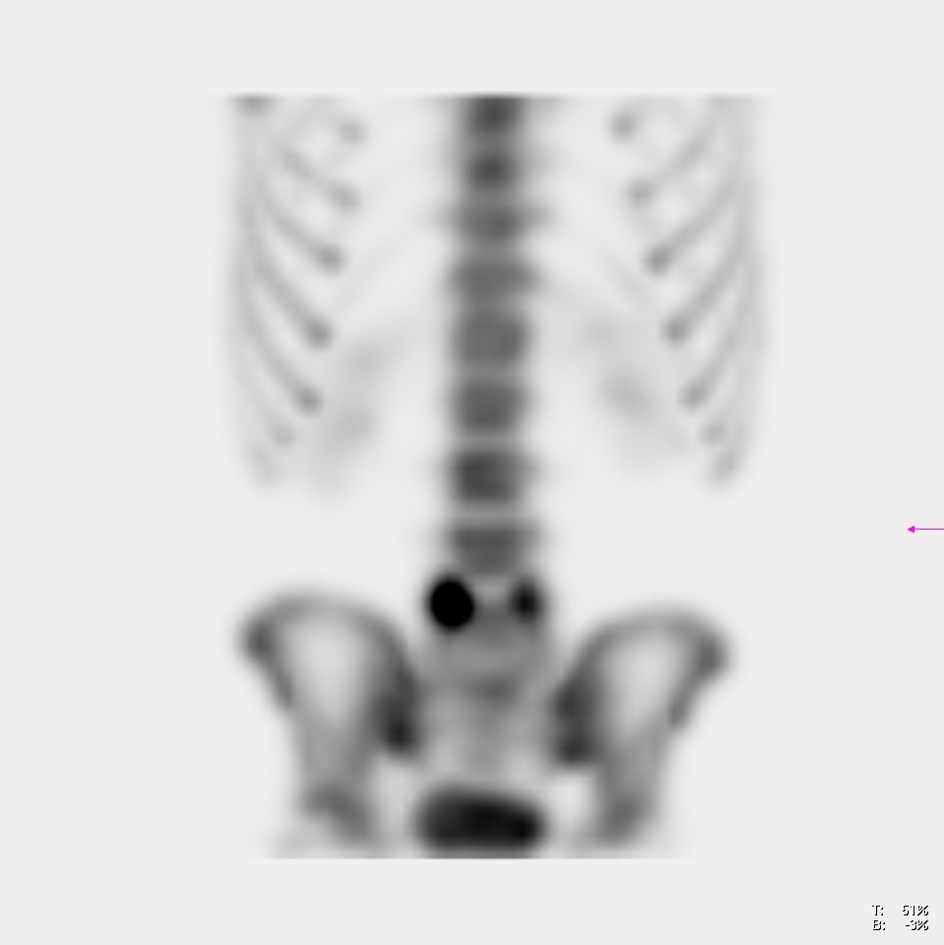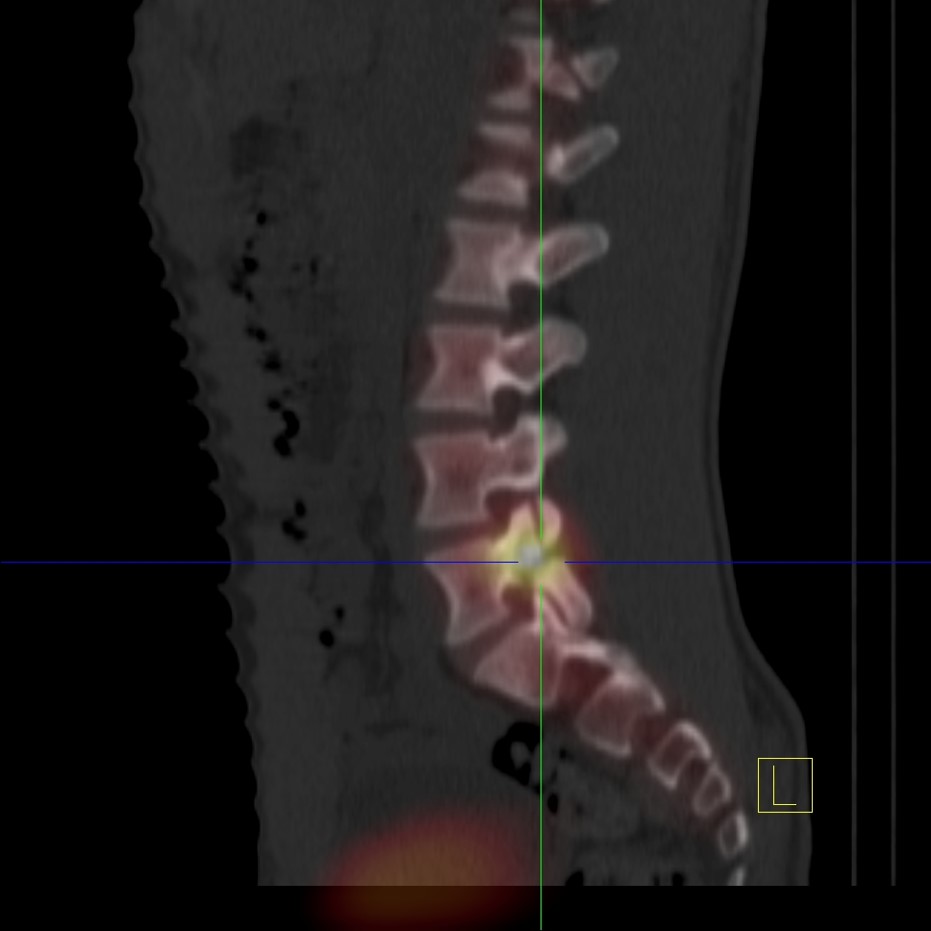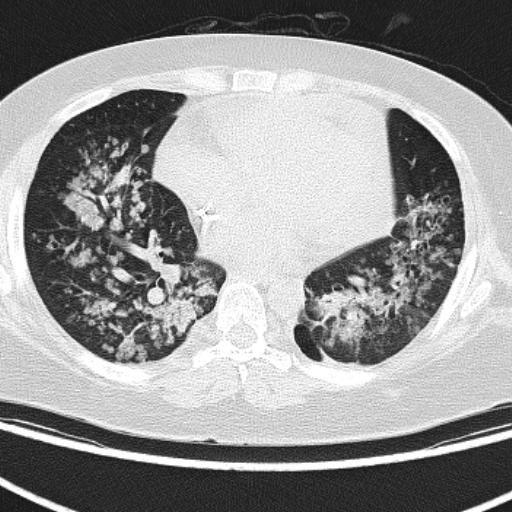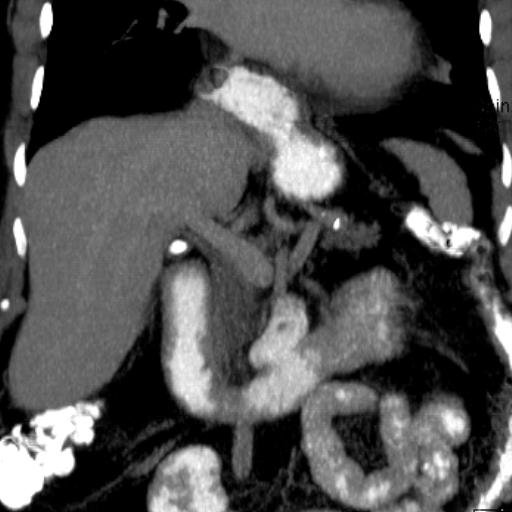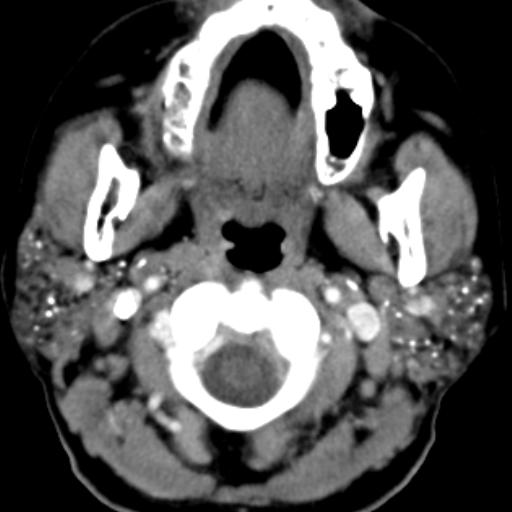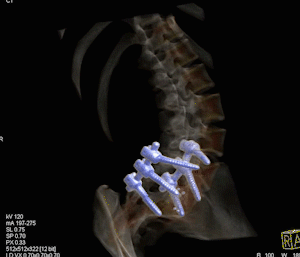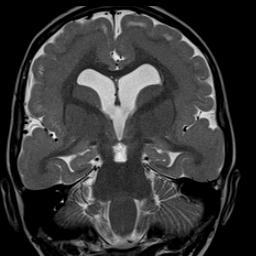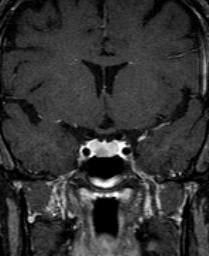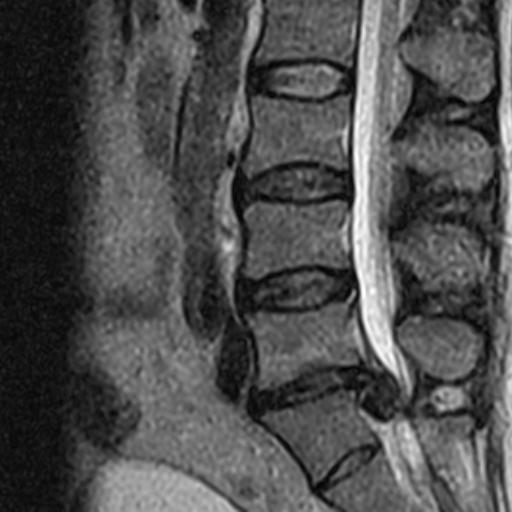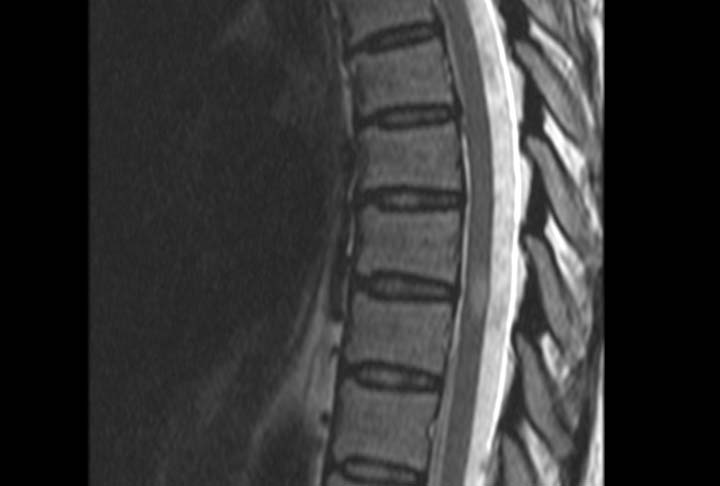PET-CT, CT & CTA
San Patricio MEDFLIX is a pioneer in the local imaging industry, offering the first hybrid PET-CT in Puerto Rico and the Caribbean since 2005. Our equipment was the first and for many years prior to compulsory accreditation, the only gaining accreditation from the ACR for the modality of PET in Puerto Rico. This equipment combines molecular metabolic information derived by positron emission tomography (PET) with the anatomical information derived by CT.
The metabolic information sometimes surprisingly unfolds before anatomical changes occur. The sensitivity of our PET images is still the best on the Island because of high resolution crystals used in our equipment. All studies of hybrid PET-CT are interpreted by Dr. Carlos Jiménez Marchán, nuclear medicine specialist, along with Dr. Fernando Zalduondo and rarely, another radiologist.
Previous
Next
PET-CT Studies
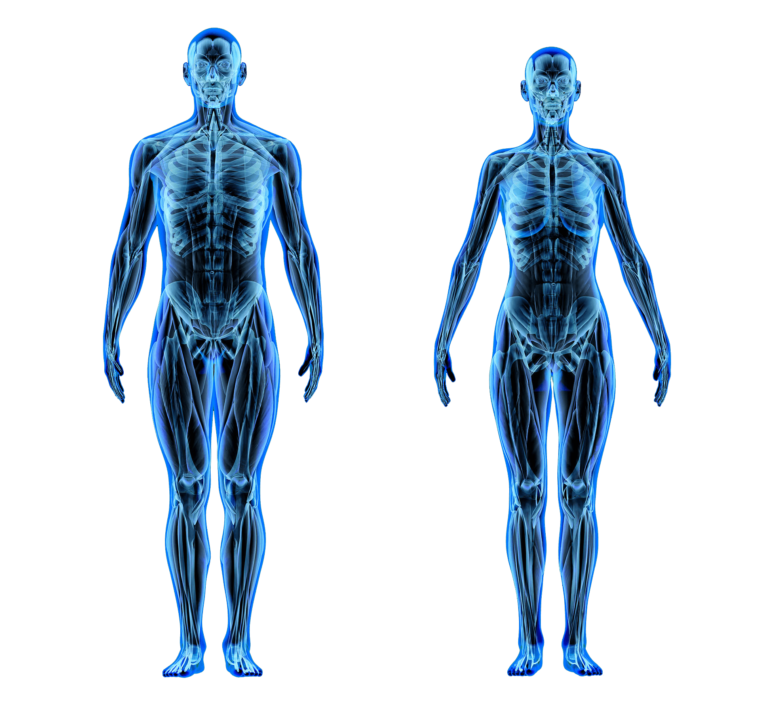
- Brain
- Body
Click on the dots to see which studies are done.
CT Studies

- Brain
- Orbit
- Paranasal/Maxillofacial
- Neck
- Spinal Column
- Cervical
- Thoracic / Dorsal
- Lumbar
- Sacral
- Sacroiliac joints
- TMJ (temporomandibular joint)
Musculoskeletal
- Upper Extremities (without and with IV contrast when considering arthropathies)
- Shoulder
- Forearm
- Elbow
- Wrist
- Hand
Musculoskeletal
Lower Extremities
Hip
- Thigh
- Calf
- Ankle
- Foot
Body
- Chest
CT Body
- Abdomen
- Pelvis
Body
- Abdomen
- Pelvis
- Prostate – Multiparametric Protocol
- Scrotum / Testicles
CTA
- Brain
- Neck
- Chest
- Abdomen
- Pelvis
- Legs (lower extremities)
- Arms (upper extremities)
Click on the dots to see which studies are done.
A computed tomography (CT) scanner explores almost every structure inside the body in a non-invasive way.
Computed tomography angiogram (CTA) represents the non-invasive version of an invasive conventional catheterization obtained in a CT machine. It requires ionizing radiation and an iodine-based IV contrast. CTA uses an angiographic technique to visualize the flow of arterial and or venous vessels in any part of the body. Furthermore, it is able to differentiate between calcified and non-calcified atherosclerotic plaques. Conversely, MRA studies are unable to make such differentiation. This study allows detection and quantification of blockage, emboli, and dissection in arteries as well as thrombosis in veins.
CTA Studies

- Brain
- Orbit
- Paranasal/Maxillofacial
- Neck
- Spinal Column
- Cervical
- Thoracic / Dorsal
- Lumbar
- Sacral
- Sacroiliac joints
- TMJ (temporomandibular joint)
Musculoskeletal
- Upper Extremities (without and with IV contrast when considering arthropathies)
- Shoulder
- Forearm
- Elbow
- Wrist
- Hand
Musculoskeletal
Lower Extremities
Hip
- Thigh
- Calf
- Ankle
- Foot
Body
- Chest
CT Body
- Abdomen
- Pelvis
Body
- Abdomen
- Pelvis
- Prostate – Multiparametric Protocol
- Scrotum / Testicles
CTA
- Brain
- Neck
- Chest
- Abdomen
- Pelvis
- Legs (lower extremities)
- Arms (upper extremities)
Click on the dots to see which studies are done.
General Instructions
If your study requires the use of intravenous (IV) contrast:
- Your last meal should be no less than four hours before the study.
- A recent creatinine level of no more than six weeks is required for patients with one of the following: age 60 or older, hypertension, diabetes, or existing renal condition.
- The American College of Radiology (ACR) protocol requires a pre-medication regime for patients with a history of allergies to any IV contrast.
- A good hydration regime the day before the study as well as the day of the contrast media injection is highly recommended.
- Patients with compromised renal function usually do not inject iodine-based contrast unless a dialysis session is planned to avoid problems related to intravascular volume.
- By definition, all CTA studies require the injection of intravenous (IV) contrast.
Weight Limit
485 Pounds (CT), 450 Pounds (Pet-CT). The weight must be corroborated at MEDFLIX with a weight scale that registers up to 500 lbs the day of the study.


